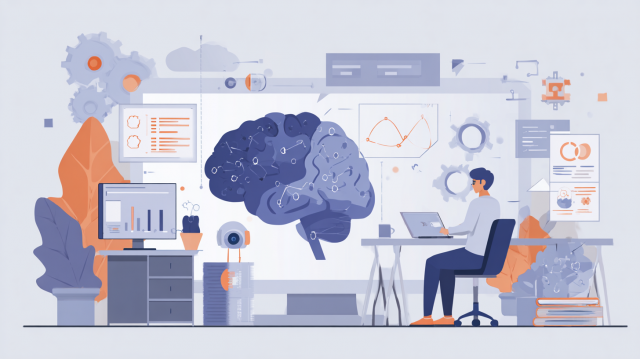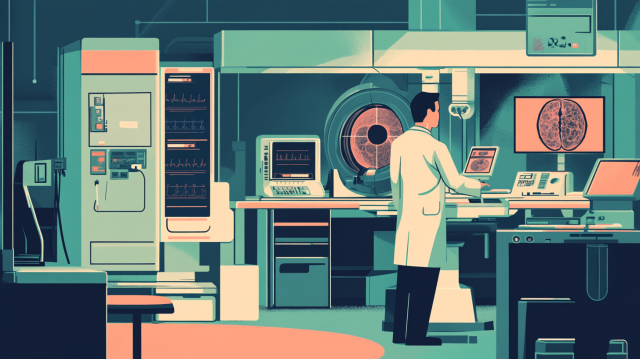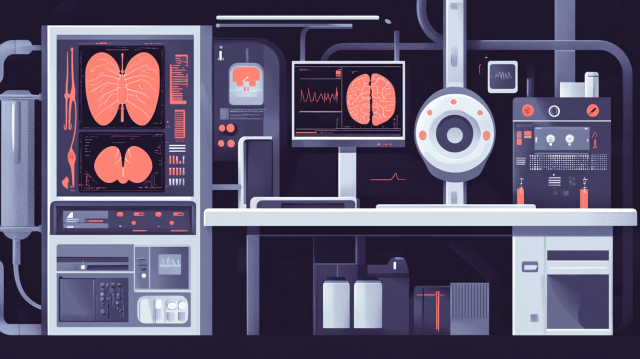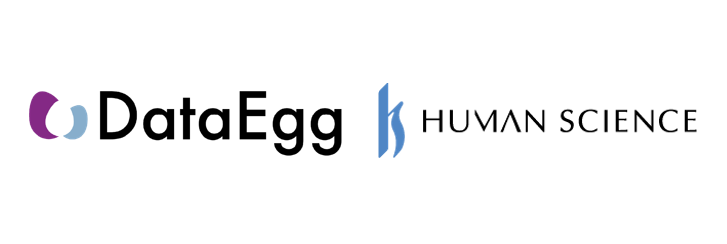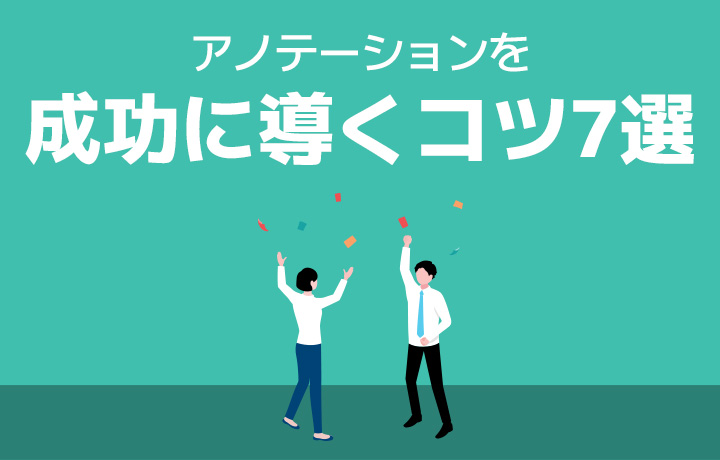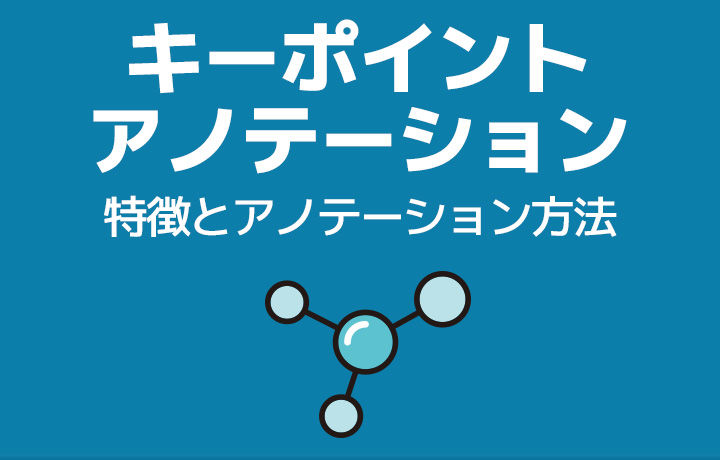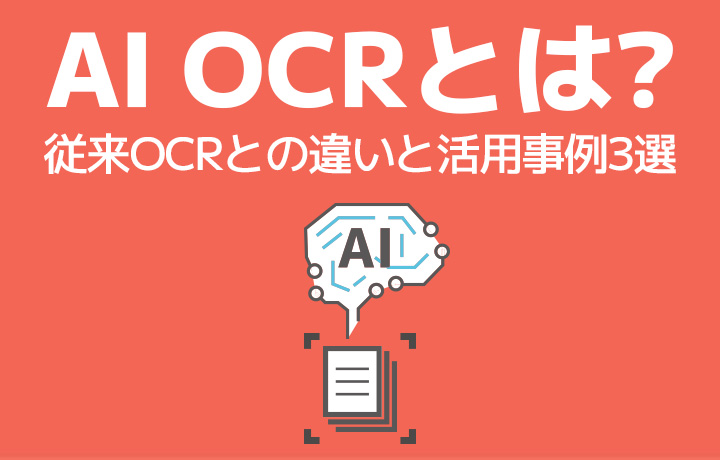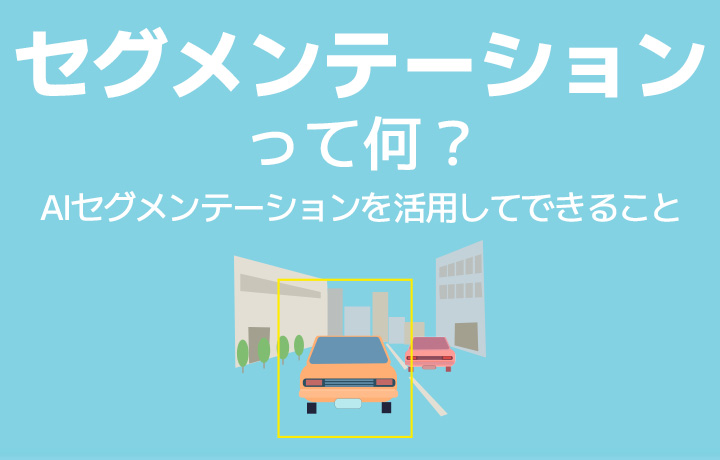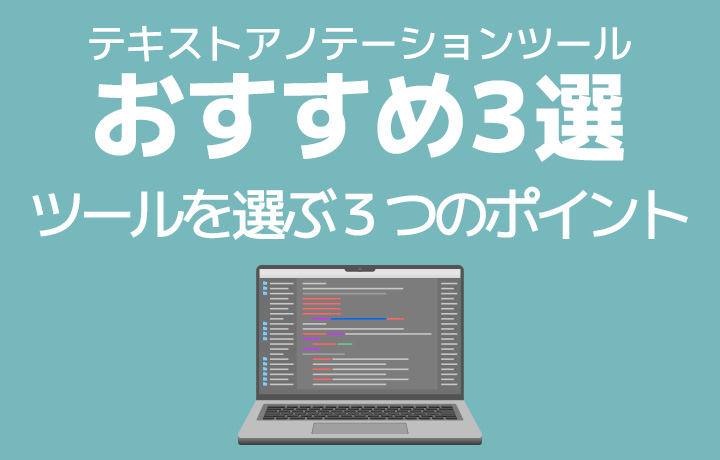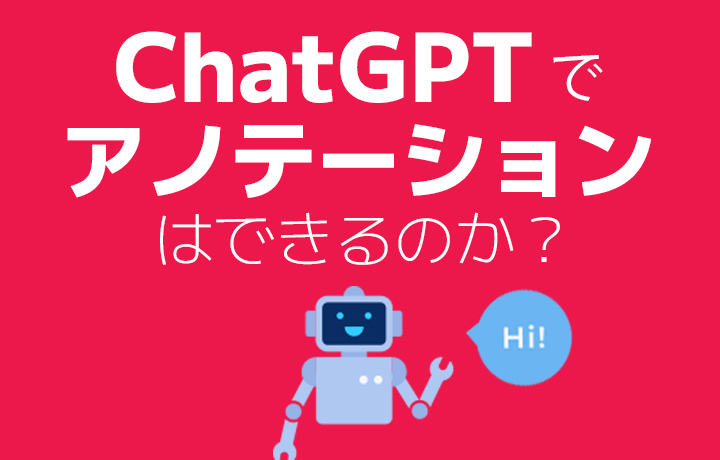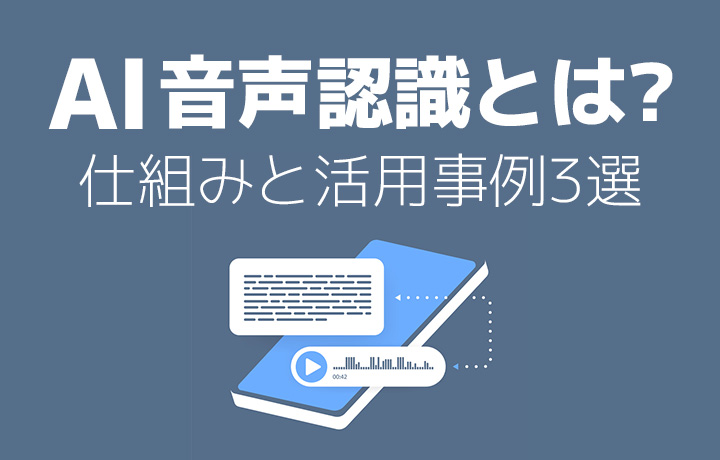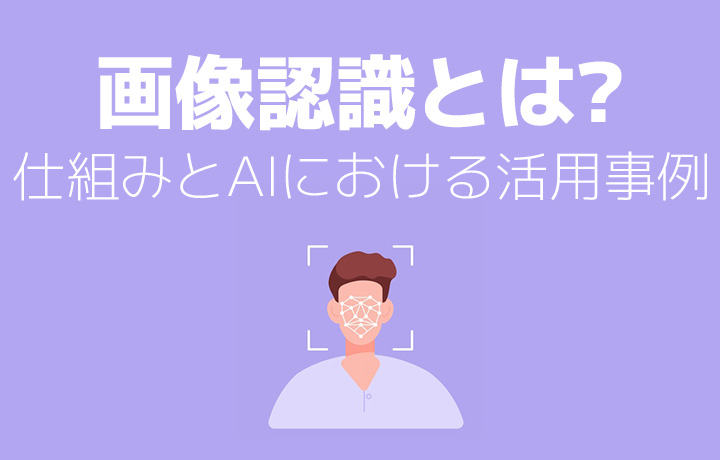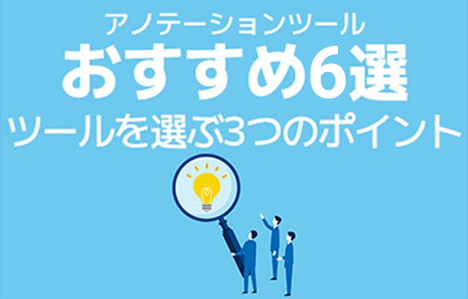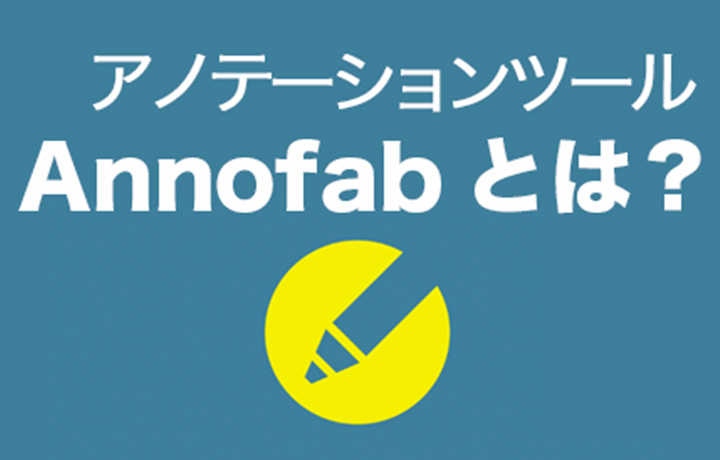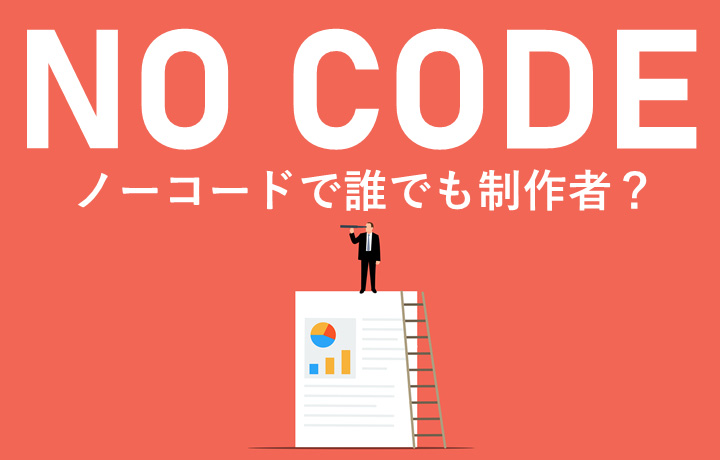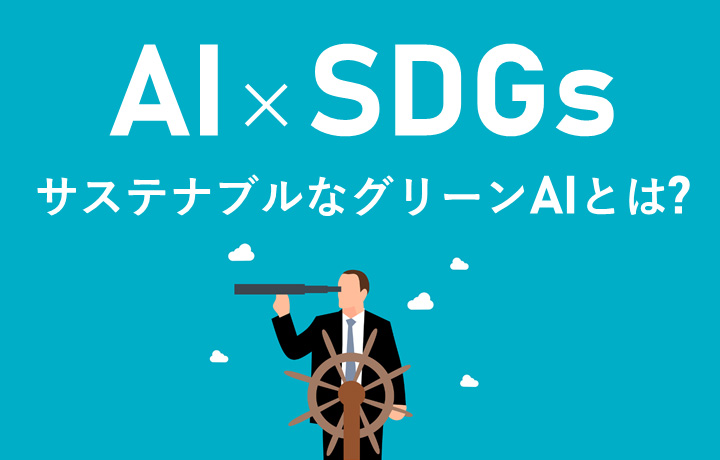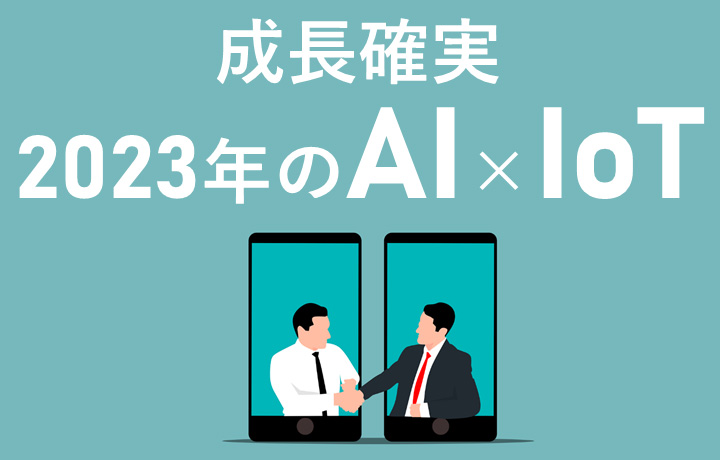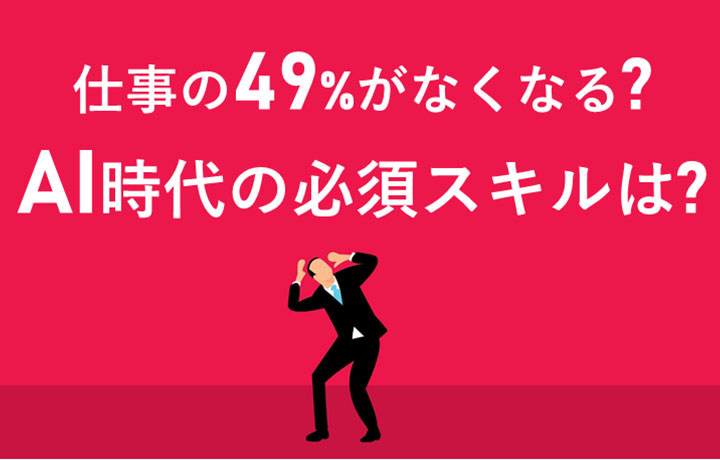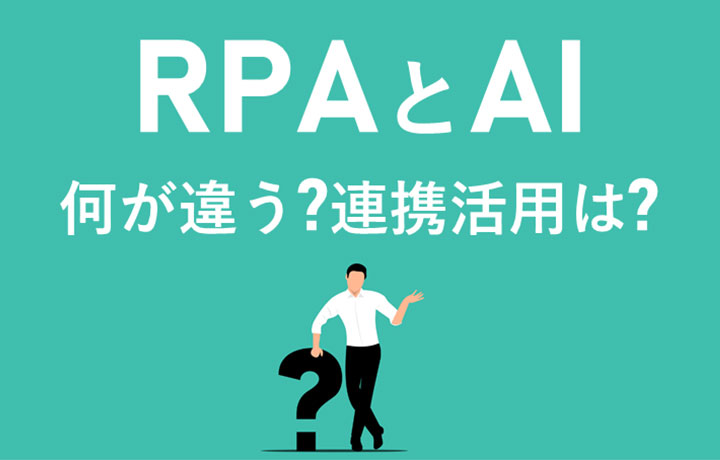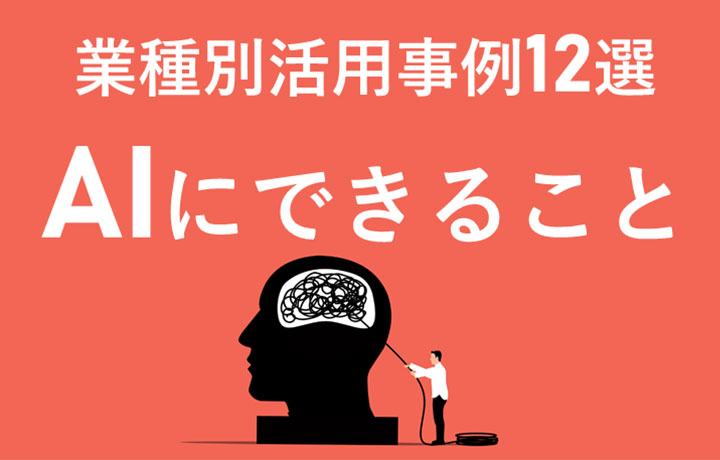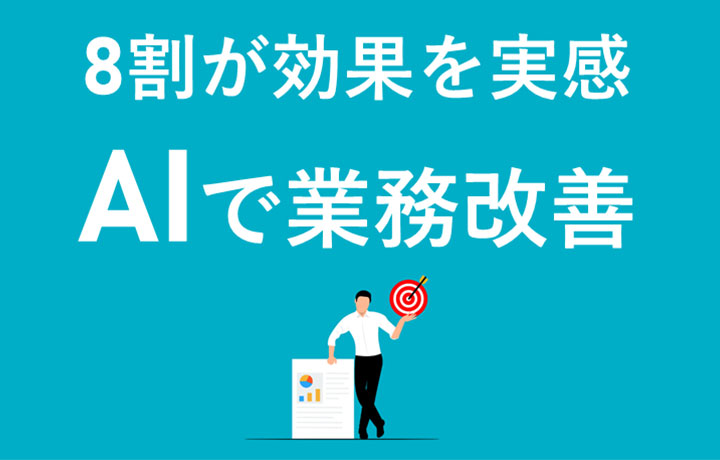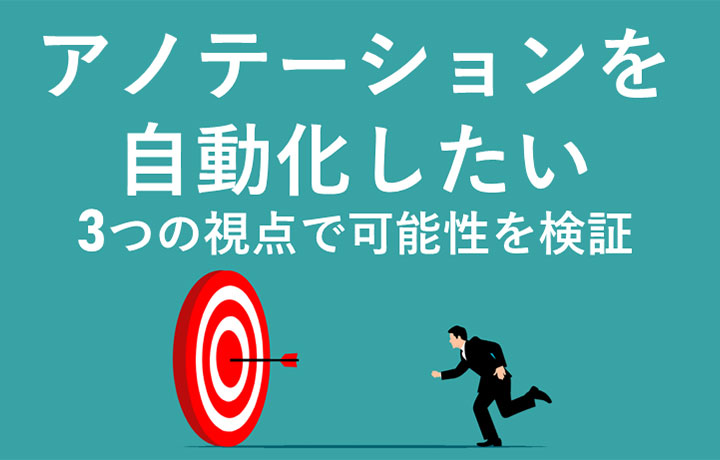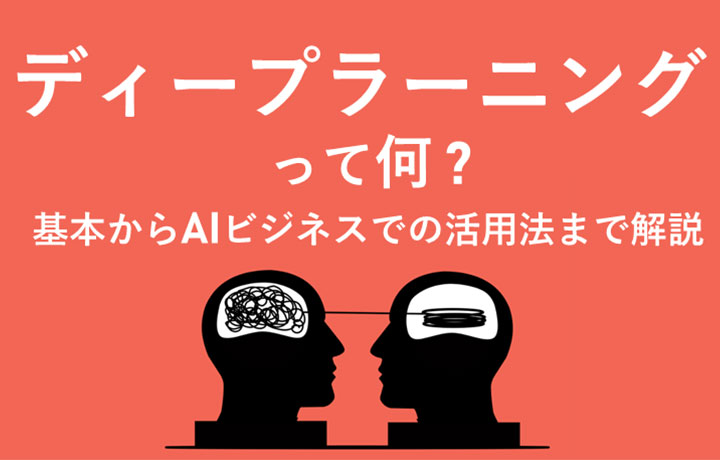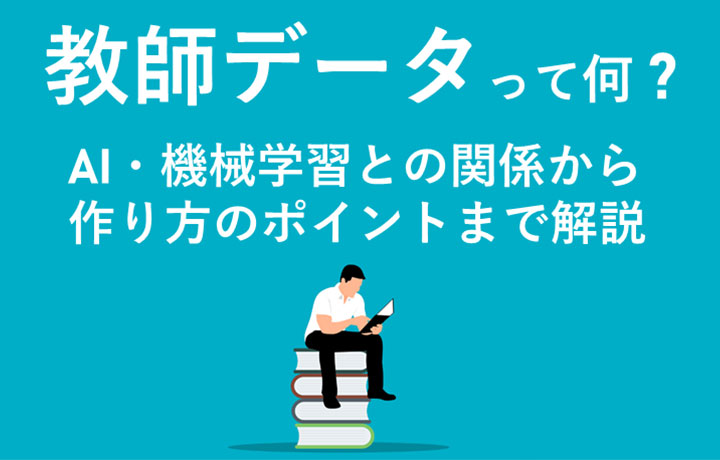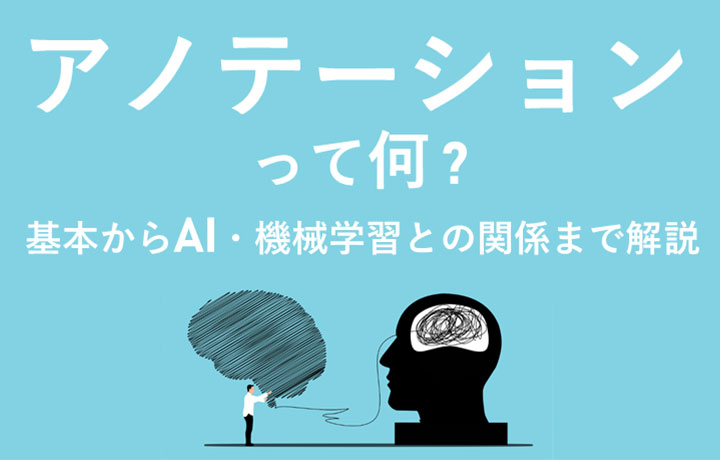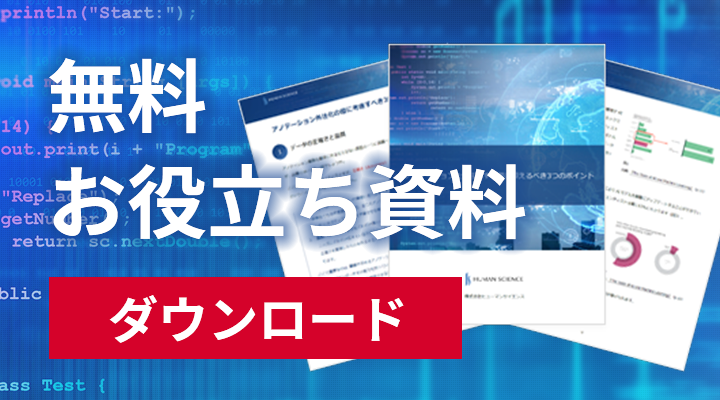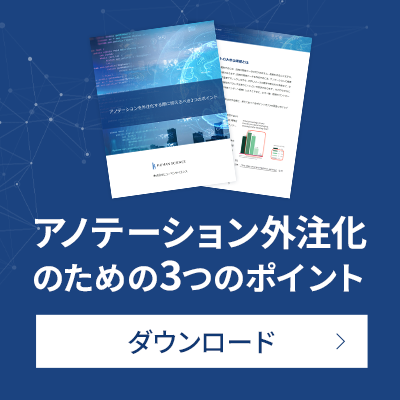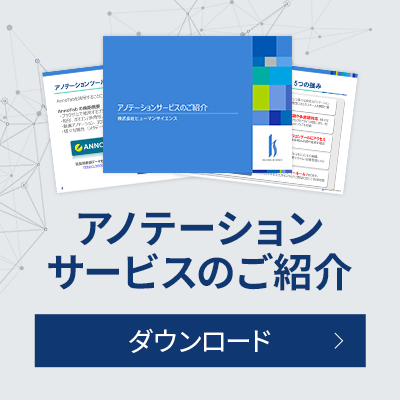
Spin-off Blog Project
――Annotation Supporting AI in the DX Era. The Reality of That Analog Frontline
The Invisible Value Beyond Price That Cannot Be Measured by Cheapness Alone
~The Commitment to Providing Customer-Centered Service and the Manufacturing Spirit the Frontline Wants to Protect~
- Table of Contents
Until now, our company has been publishing various blogs related to annotation and AI. In those, we have mainly conveyed general knowledge and know-how.
At first glance, annotation may seem simple when put into words, but because it is a task that inevitably involves humans and contains a lot of "ambiguity," it inevitably involves a lot of human interaction. For that reason, in a sense, it is a gritty process where many things cannot be resolved by the neat logic commonly found elsewhere, and to ensure quality and productivity, various experiences, know-how, and personnel capable of executing them are actually required.
In our workplace, what specific measures and responses are we taking? Unlike typical blogs, we would like to share the real situation on the ground, including the unique characteristics and particular commitments of our company.
1. The Annotation Field Exposed to the Wave of Price Competition
Recently, price competition in annotation has been intensifying. Annotation is generally recognized as a relatively simple task that anyone can do, and since it is a labor-provided service where differentiation and added value are difficult to achieve on the surface, a certain degree of price competition is unavoidable. For small and medium-sized companies like us, the standard strategy is to add value and differentiate ourselves from others, but when focusing on annotation, although there are areas where differentiation is possible, many negotiation cases ultimately end up being price-competitive. Especially regarding quality and responsiveness, no matter how much track record and results we have and how much we appeal them, since every annotation vendor makes similar claims, it does not lead to differentiation. It is understandable that customers cannot fully grasp the quality and responsiveness from information on websites alone without actually working with us.
Therefore, our company also inevitably has to follow the price competition to some extent. However, up to a certain level, it is possible to aim for a balance between quality and price, but beyond that level, there are inevitably parts that must be cut off.
However, even within that, the honest feeling shared by myself, who leads the annotation field, and the members is that we do not want the work to be "just cheap." Delivering "quality you can trust and careful, customer-oriented support." No matter how much we are caught up in price competition and try to compromise, we simply cannot abandon that—that is both our strength and our weakness.
▼Related Blogs
[Spin-off] What is the Unexpected Difficulty of Annotation? ~Tips for Selecting Annotation Outsourcing Service Companies Based on Difficulty~
[Spin-off] Does Repeated Checking Improve Annotation Quality? ~Quality Control in Our Annotation Site~
2. The 'Manufacturing Mindset' Held by the Human Science Field
Our company started with manual production and has expanded its business areas to include translation, educational content creation, and consulting. In our manufacturing sites, not only the quality of deliverables but also many personnel who find joy in solving customer issues while closely supporting clients and providing services are present, and such a culture is deeply rooted. This is our characteristic and strength, and it also embodies our company's uniqueness that realizes our purpose.
When I first joined this company, compared to my previous job, I initially felt that the project managers' (PMs) attitude toward meeting customer demands was somewhat excessive, thinking, "Isn't this a bit too much?" or "You don't have to go that far." However, it did not take long for me to realize that this ultimately earned the customers' trust and sense of security, leading to where we are today.
The newest annotation site within our company is no exception; the manufacturing mindset continues to thrive there. However, creating deliverables that satisfy customers and providing careful, customer-oriented support inevitably require a considerable amount of time and effort. Although we strive daily to improve costs without sacrificing these aspects as much as possible, it is still unavoidable to pass these costs onto prices and fees, and it remains a fact that fully satisfying every customer is still challenging.
3. The Annotation Field and PM Development
From the very beginning of building the annotation organization, based on my experience from my previous job, we have thoroughly implemented systems and knowledge management to satisfy customer quality requirements, and have continuously engaged in cost and quality improvement activities. We have incorporated frameworks such as ISO9001 and PMBOK, which realize customer quality requirements, and put them into practice in project operations. Moreover, if the quality and response change whenever the PM or person in charge changes, we cannot earn the trust of customers who commission us. To prevent such situations, we have thoroughly conducted PM education and knowledge management to eliminate variations in the knowledge, know-how, and skills held by PMs, and have built an organization that can deliver the same quality and response regardless of which PM handles the project.
For example, in our company, even for the smallest projects, the PM creates a project plan, and by conducting project reviews and retrospectives with the participation of the entire department, we not only formalize the knowledge and know-how gained through the project but also share tacit knowledge among all members. Although we are still halfway there, we are practicing a loop of knowledge utilization and accumulation where "systems nurture people, and people nurture systems."
You might feel that such measures are unnecessary for annotation projects, but annotation work inevitably involves manual tasks, making the know-how prone to becoming person-dependent. Without relying excessively on OJT, we believe that diligently implementing such systems and processes is the best shortcut to developing PMs and ultimately providing services and value that earn our customers' trust.
Annotation work inherently involves a great deal of ambiguity that cannot be fully captured in specifications or similar documents. To meet customer requirements, it is necessary to accurately grasp subtle nuances and reflect them precisely in the deliverables, making the importance of communication both inside and outside the company even more pronounced. Therefore, regarding customer relations, we have adopted the theme of "Management Hospitality," emphasizing attentive communication to closely engage with customers and carefully capture their requests while providing our services. We have also focused on developing PMs who can realize this approach.
Perhaps as a result of these efforts, we have hardly ever received any criticism regarding quality or responsiveness from the companies we have worked with.
“Our prices are higher compared to other companies, but at this level, customers find it acceptable.” We have received continuous repeat orders from almost all the clients we have worked with.
▼Related Blogs
[Spin-off] The Surprising Difficulty of Annotation: Tips for Choosing an Annotation Outsourcing Service Based on Difficulty
[Spin-off] HumanScience’s Annotation Work Management: Haste Makes Waste for Quality Assurance. Taking the Long Way Can Be the Shortcut
[Spin-off] Illusions and Expectations Surrounding Generative AI: Considerations When Introducing and Utilizing Generative AI and RAG in Knowledge Management
4. Efforts Toward Low Pricing
●Misjudgment of Intensifying Price Competition and Efforts Toward Lower Pricing
Embarrassingly, when we first started the annotation business, we could not have imagined that price competition would intensify to this extent. Although this is just a personal impression, this trend has been growing stronger year by year. In a way, we were overconfident and misjudged the characteristics and outlook of the AI/annotation market, believing that "if we continue to provide high-quality services and customer-oriented support, results will naturally follow."
It may seem obvious, but while some customers prioritize quality, others focus on price. Naturally, the quality, accuracy, and cost required for annotation vary depending on the customer's AI development phase, development objectives, and budget. Therefore, we must not be solely focused on quality; instead, we have developed the flexibility to meet customer demands and provide services that balance price, quality, and delivery time. We have continuously made improvements in this regard.
As mentioned in a previous column, quality does not only refer to the "finish" of the deliverables; essentially, it is the "degree to which customer satisfaction is fulfilled." Therefore, to meet our customers' requests, we continuously engage in various efforts to improve costs that make up prices and fees, and at each negotiation with customers, we propose measures and processes that lead to cost improvements after careful consideration.
However, as mentioned at the beginning, once quality and price reach a certain level, there inevitably come parts that must be sacrificed. At times, this mindset of ours in manufacturing creates internal conflicts.▼Related Blogs
[Spin-off] Does Repeated Checking Improve Annotation Quality? ~Quality Control at Our Annotation Site~
[Spin-off] What Are Annotation Costs? Could They Actually Be High? A Vendor Who Knows the Inside Story Shares the Real Tips for Outsourcing Annotation
●Efforts Toward Lower Pricing – Within the Improvement of Management Costs–
As mentioned above, our company is continuously working on cost improvement initiatives. This includes improving the efficiency of the annotation work itself, but at one point, we focused discussions on how to reduce the management costs of project managers (PMs) and thereby lower the fees and prices of the services we provide to customers.
Indeed, while the PM’s management tasks are undoubtedly necessary to efficiently deliver valuable services to customers, these tasks also arise from the processes required to realize deliverables and services that meet customer demands. From the customer’s perspective, it is preferable that these tasks be as efficient as possible and carry minimal weight in the fees or prices passed on to them.
During a meeting, I indicated a direction for improvement: "PMs should minimize the time spent on understanding specifications and providing feedback to workers, and instead delegate these tasks to checkers and support personnel." At that time, a PM responded, "The PM is the customer's point of contact and is responsible for smoothly managing the project and controlling it to satisfy the customer's required QCD. Unless the PM actually performs the work and understands the specifications, the content, and characteristics of the tasks, they cannot achieve the quality the customer demands, nor can they make appropriate proposals or inquiries to the customer. Additionally, they cannot give proper instructions to the workers or checkers."
Hearing that, all I could say was, "That's true." The necessity of such PM involvement becomes especially apparent in high-difficulty projects. At that moment, I deeply felt inside, "How could I have been so caught up in the immediate issues and forgotten something so important?" and "As a manager, I presented a misguided direction."
Since then, I have revised the direction of improvements and continue to work on cost reduction efforts, but I still vividly remember that moment as it succinctly reflects our manufacturing mindset.
5. Invisible Value Beyond Price
Although we are continuously working on cost improvement initiatives, to be honest, when competing with other companies through comparative quotes and price battles, we often lose bids, and price remains a weakness for us. It is also true that our corporate efforts are still insufficient, but at the same time, we want to avoid abandoning the values we have cherished in our manufacturing by excessively following price competition. On the other hand, if the business is not viable as a business, no matter how idealistic we are in pursuing it, it is meaningless, nothing more than self-satisfaction, and from the standpoint of running a business, it can only be described as naive. We constantly struggle with this conflict.
On the other hand, customer feedback is mostly positive, such as "The price is by no means cheap, but we are satisfied with this level of quality and service," "There was little rework, and they responded to our unreasonable requests, allowing development to proceed smoothly," and "Although the estimate was not the cheapest, we ultimately felt it was the most cost-effective." As a result, this has led to repeat and continuous orders. This tendency is especially pronounced in high-difficulty projects. Therefore, while there is some internal conflict, there are many times when we also feel that we are not wrong.
Although the price may appear high on the surface, this ultimately leads to cost savings for our customers and represents a value that cannot be provided by superficial cheapness alone. We also believe that continuing to be a company that customers say, "I feel secure entrusting this company, and it was a good decision," and that "providing quality that meets customer demands while being close to the customer is the conscience of a company."
This time, I agonized over whether to release a column that could easily be misunderstood as mere self-satisfaction or justifying high fees and prices. However, I ultimately decided to release it, thinking that it was important for people to understand who we really are. Also, we have by no means abandoned efforts and improvements regarding costs in order to provide our customers with low-cost, high-quality services. Although we may be clumsy, we will continue to strive to pursue "quality you can trust and customer-oriented support."
6. Features of Human Science's Annotation Services
Over 48 million pieces of training data created
At Human Science, we are involved in AI model development projects across various industries, starting with natural language processing and extending to medical support, automotive, IT, manufacturing, and construction, just to name a few. Through direct business with many companies, including GAFAM, we have provided over 48 million pieces of high-quality training data. No matter the industry, our team of 150 annotators is prepared to accommodate various types of annotation, data labeling, and data structuring, from small-scale projects to big long-term projects.
Resource management without crowdsourcing
At Human Science, we do not use crowdsourcing. Instead, projects are handled by personnel who are contracted with us directly. Based on a solid understanding of each member's practical experience and their evaluations from previous projects, we form teams that can deliver maximum performance.
Generative AI LLM Data Structuring and Support for Creating and Maintaining Manuals Optimized for AI
Since our founding, our main business and service has been manual production. Currently, we also support the creation of "AI-recognizable documents" to facilitate the introduction of generative AI for corporate knowledge utilization. Even when performing RAG and other processes for sharing and utilizing corporate knowledge and documents using generative AI, current technology still cannot achieve 100% accuracy with tools alone. For customers who want to make the most of their past document assets, we also provide document data structuring services. We offer optimal solutions leveraging our unique know-how, gained from extensive familiarity with various types of documents.
Secure room available on-site
Within our Shinjuku office at Human Science, we have secure rooms that meet ISMS standards. Therefore, we can guarantee security, even for projects that include highly confidential data. We consider the preservation of confidentiality to be extremely important for all projects. When working remotely as well, our information security management system has received high praise from clients, because not only do we implement hardware measures, we continuously provide security training to our personnel.
In-house Support
We also provide personnel dispatch services for annotation-experienced staff and project managers who match our clients' tasks and situations. It is also possible to organize teams stationed at the client's site. Additionally, we support the training of your workers and project managers, selection of tools tailored to your situation, automation, work methods, and the construction of optimal processes to improve quality and productivity. We assist with any issues related to annotation and data labeling that our clients may face.

 Text Annotation
Text Annotation Audio Annotation
Audio Annotation Image & Video Annotation
Image & Video Annotation Generative AI, LLM, RAG Data Structuring
Generative AI, LLM, RAG Data Structuring
 AI Model Development
AI Model Development In-House Support
In-House Support For the medical industry
For the medical industry For the automotive industry
For the automotive industry For the IT industry
For the IT industry



